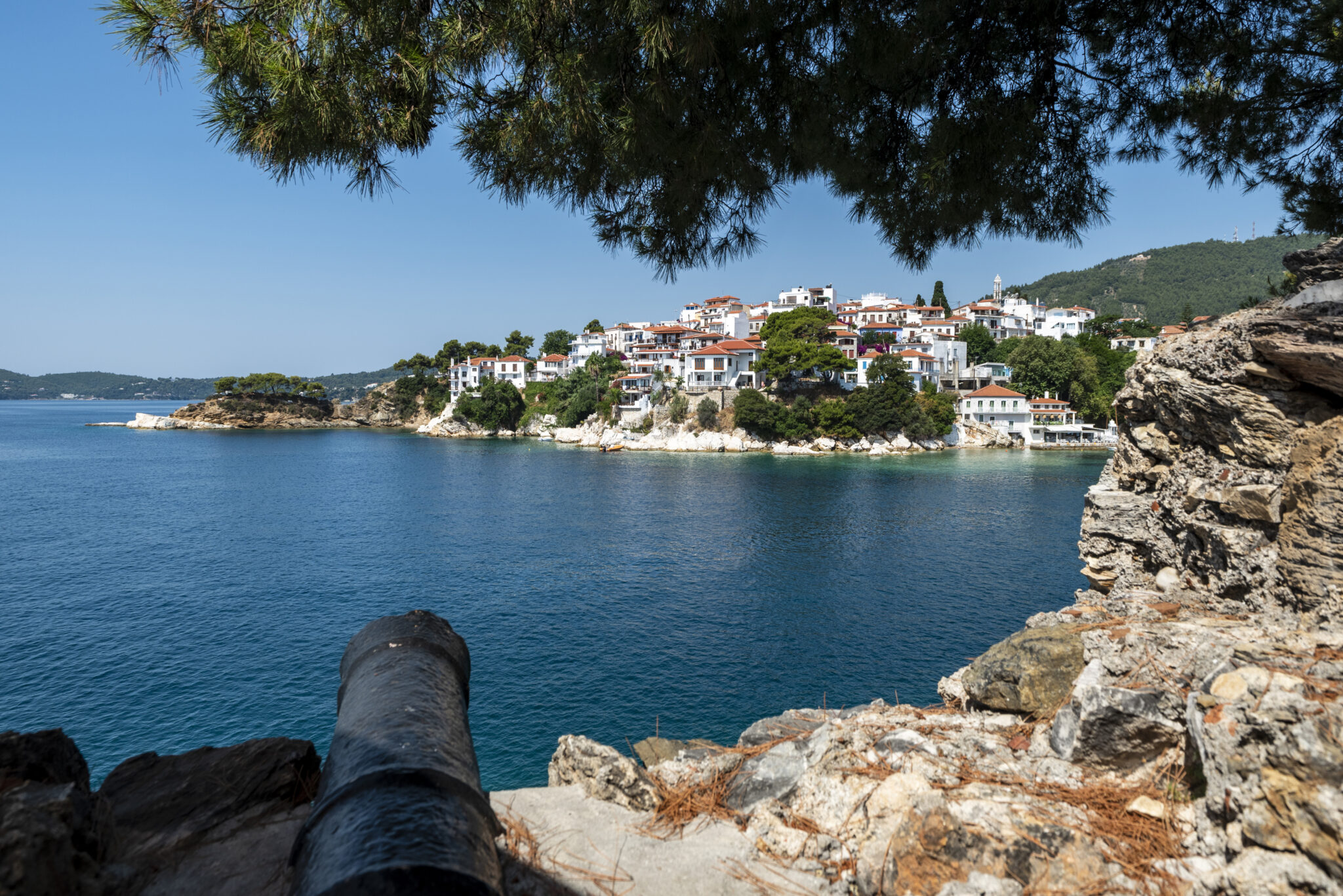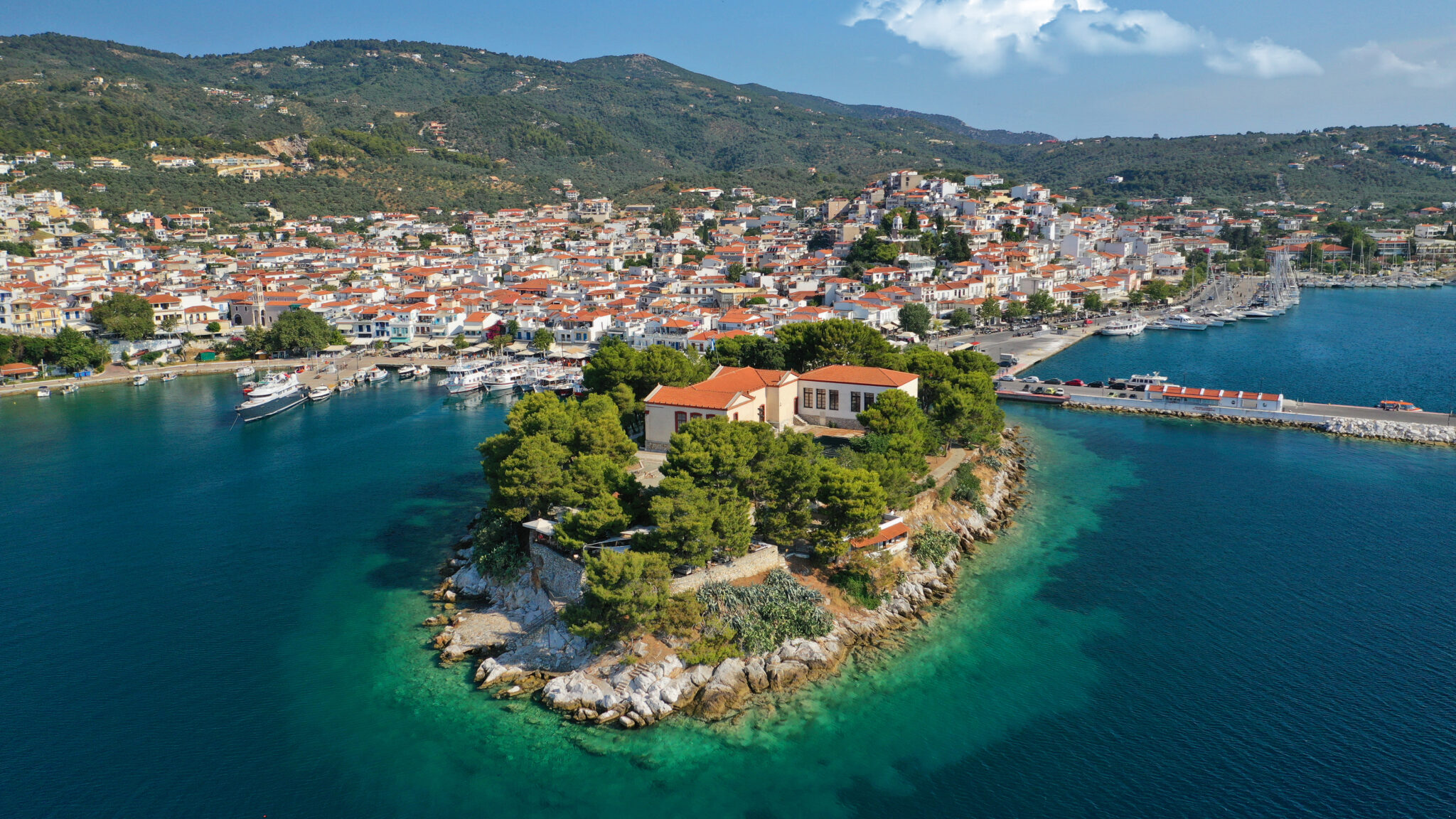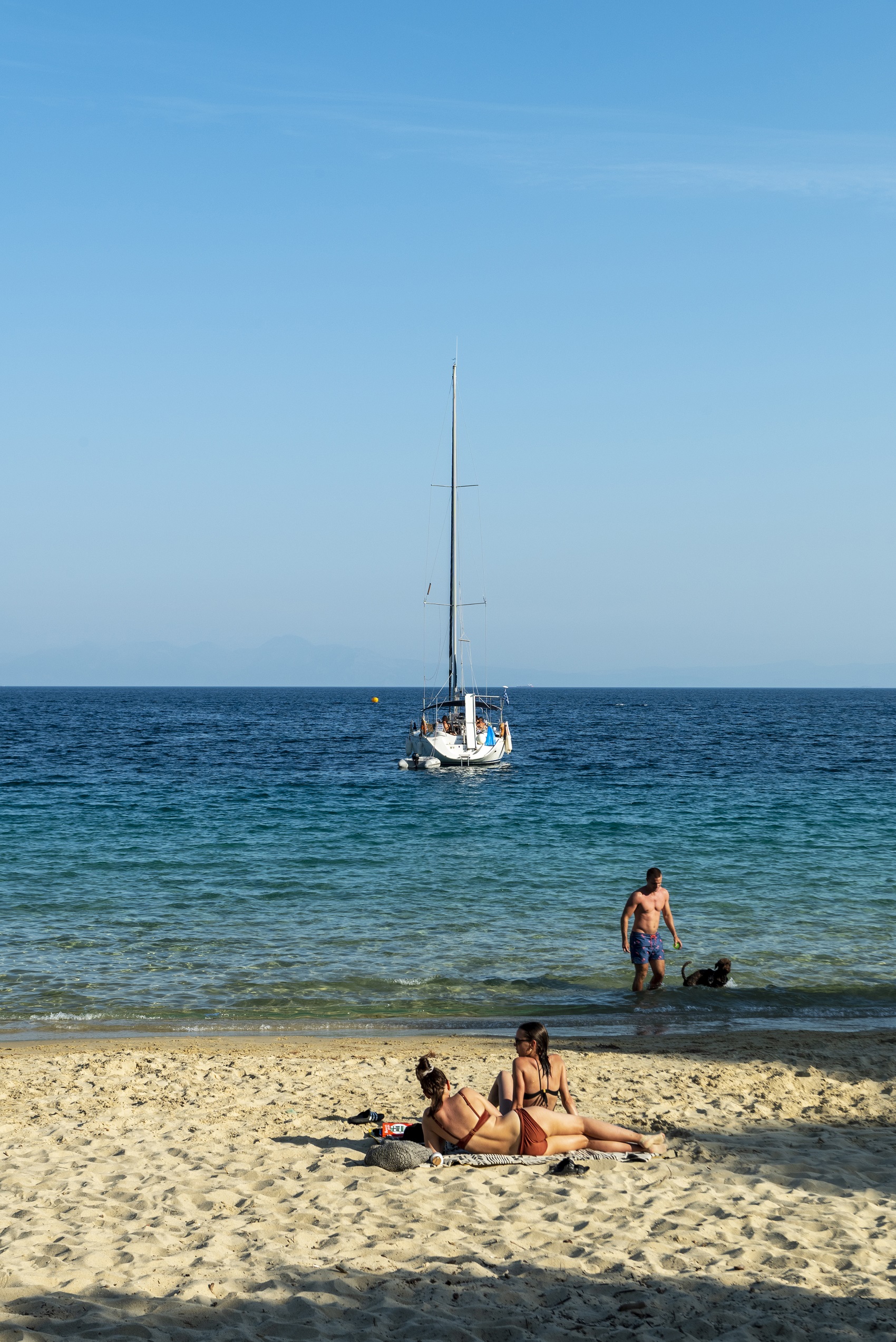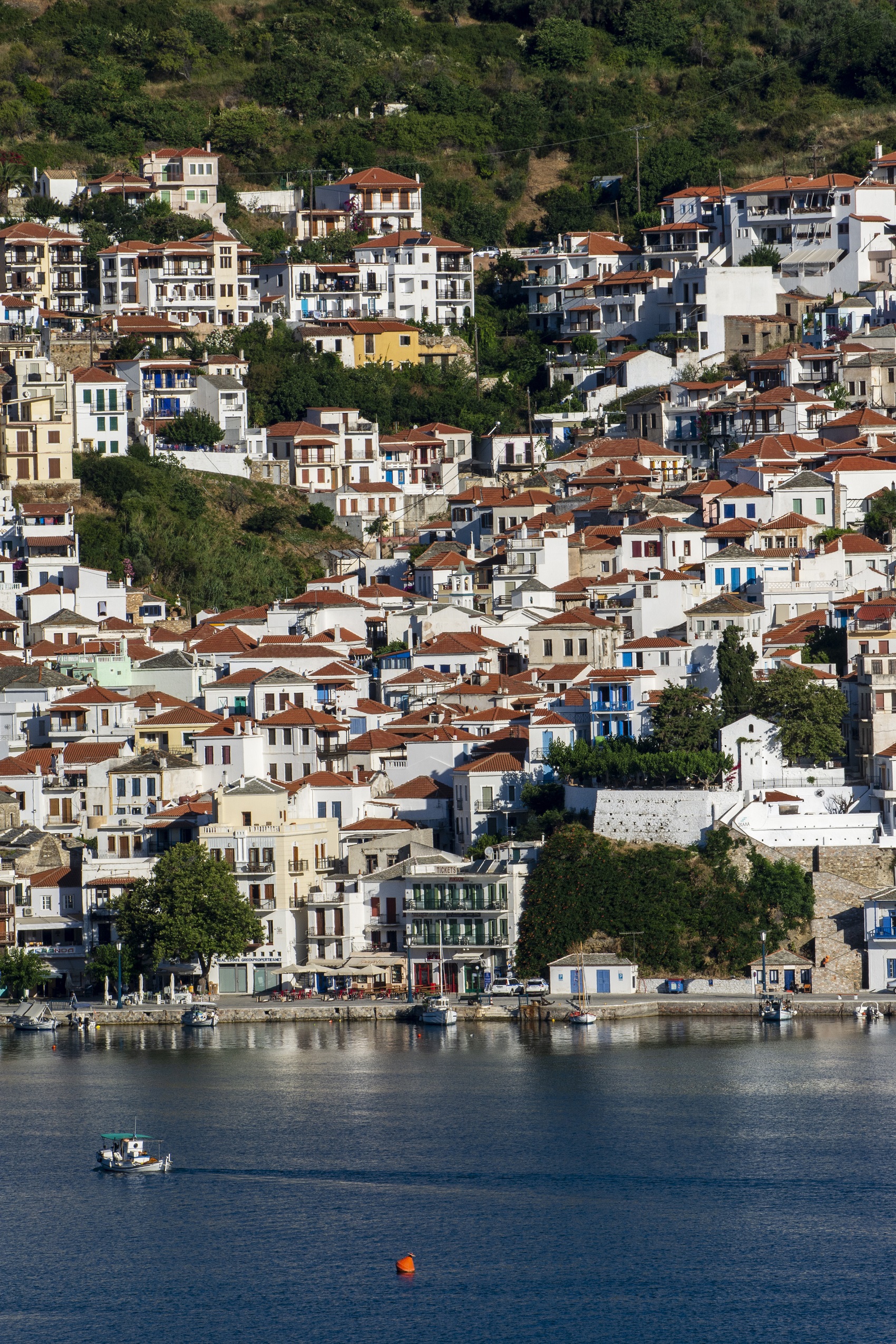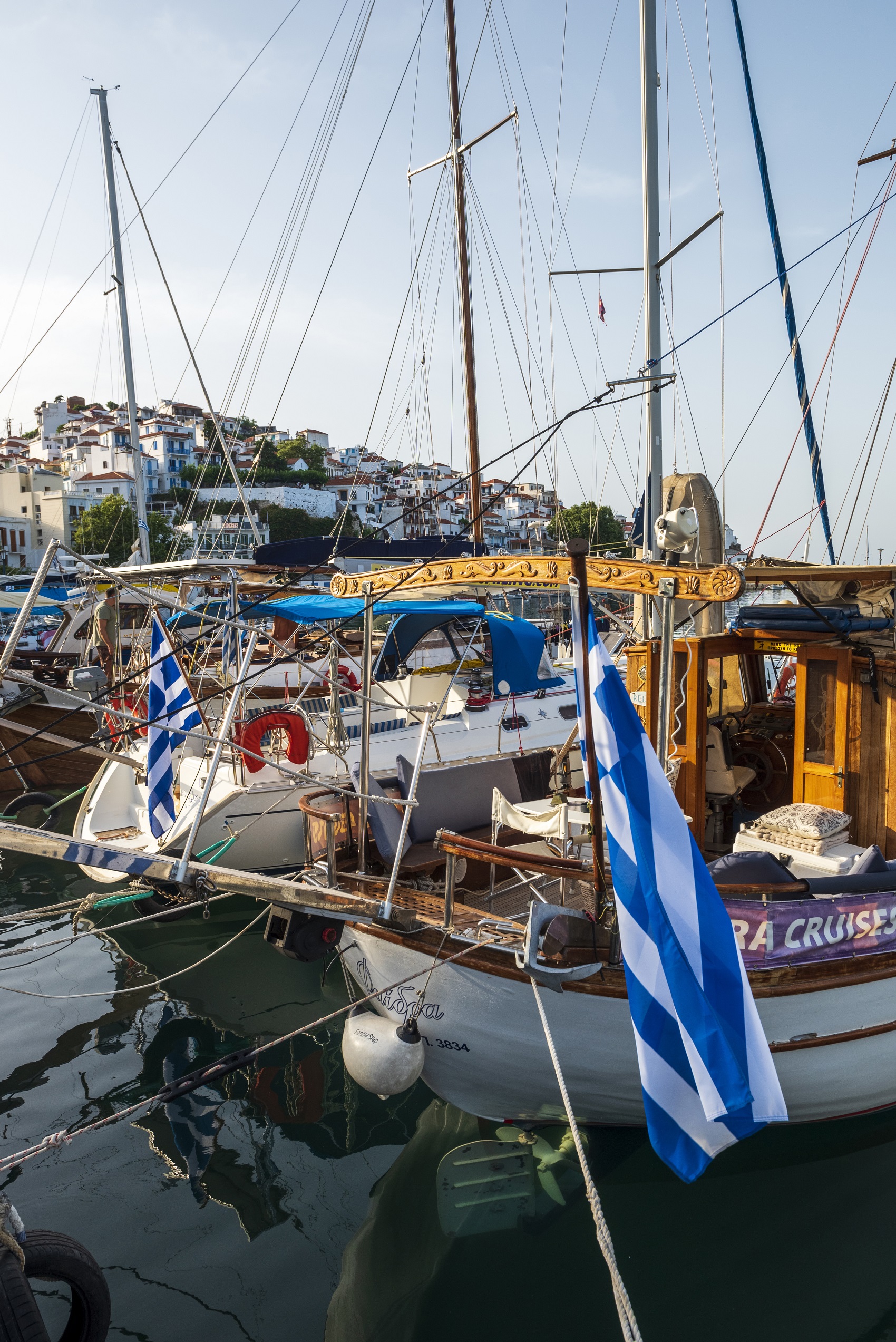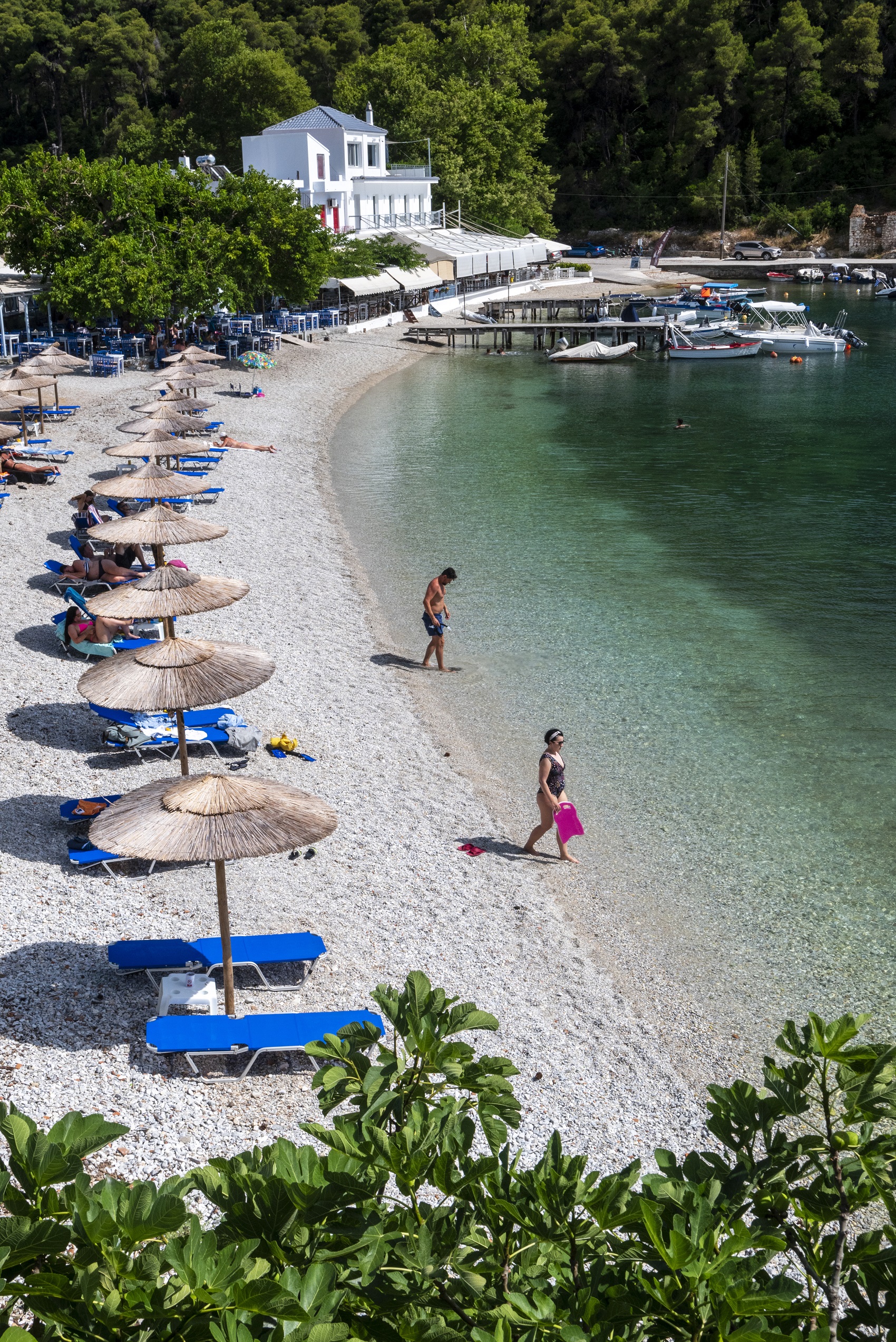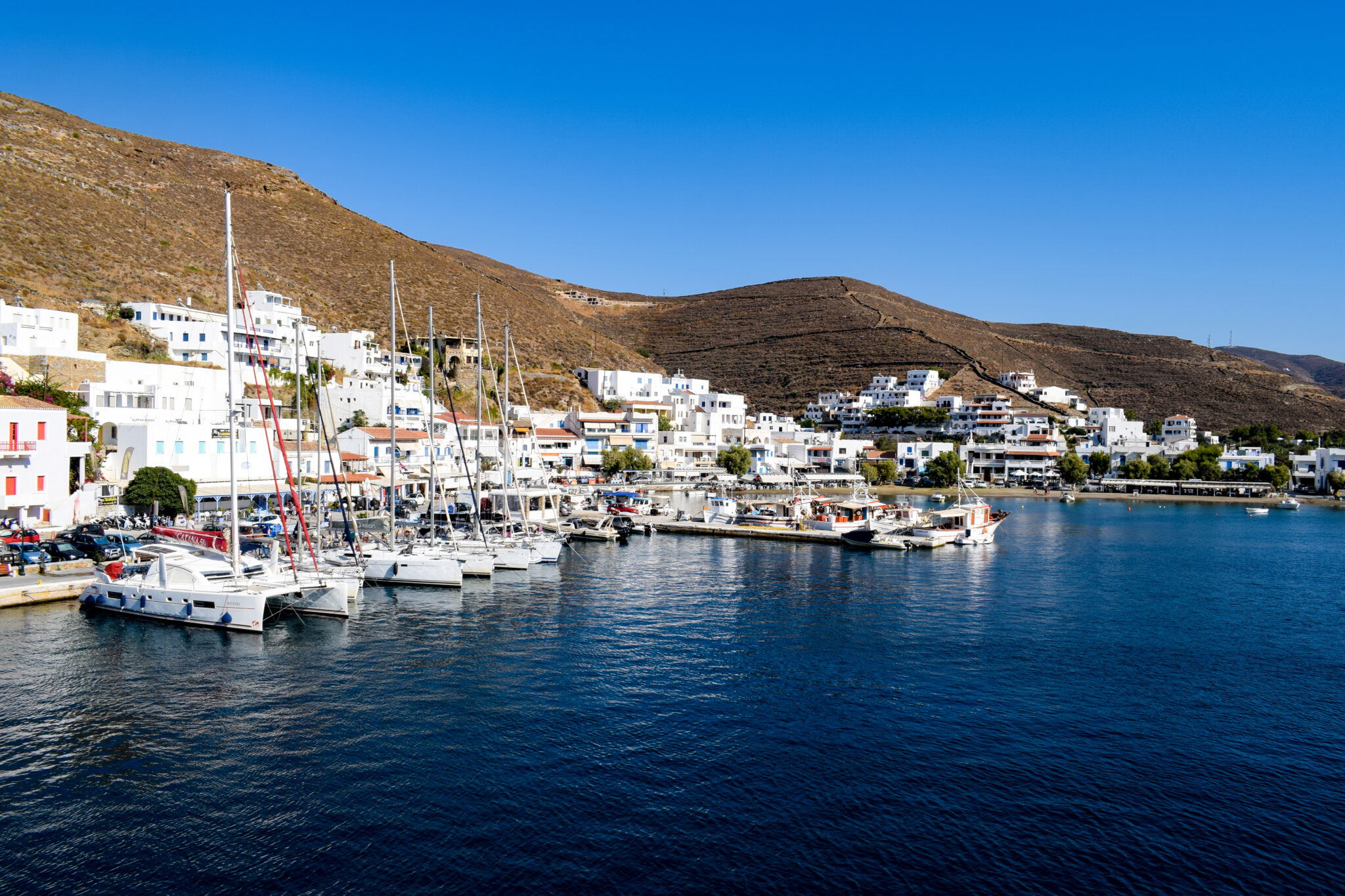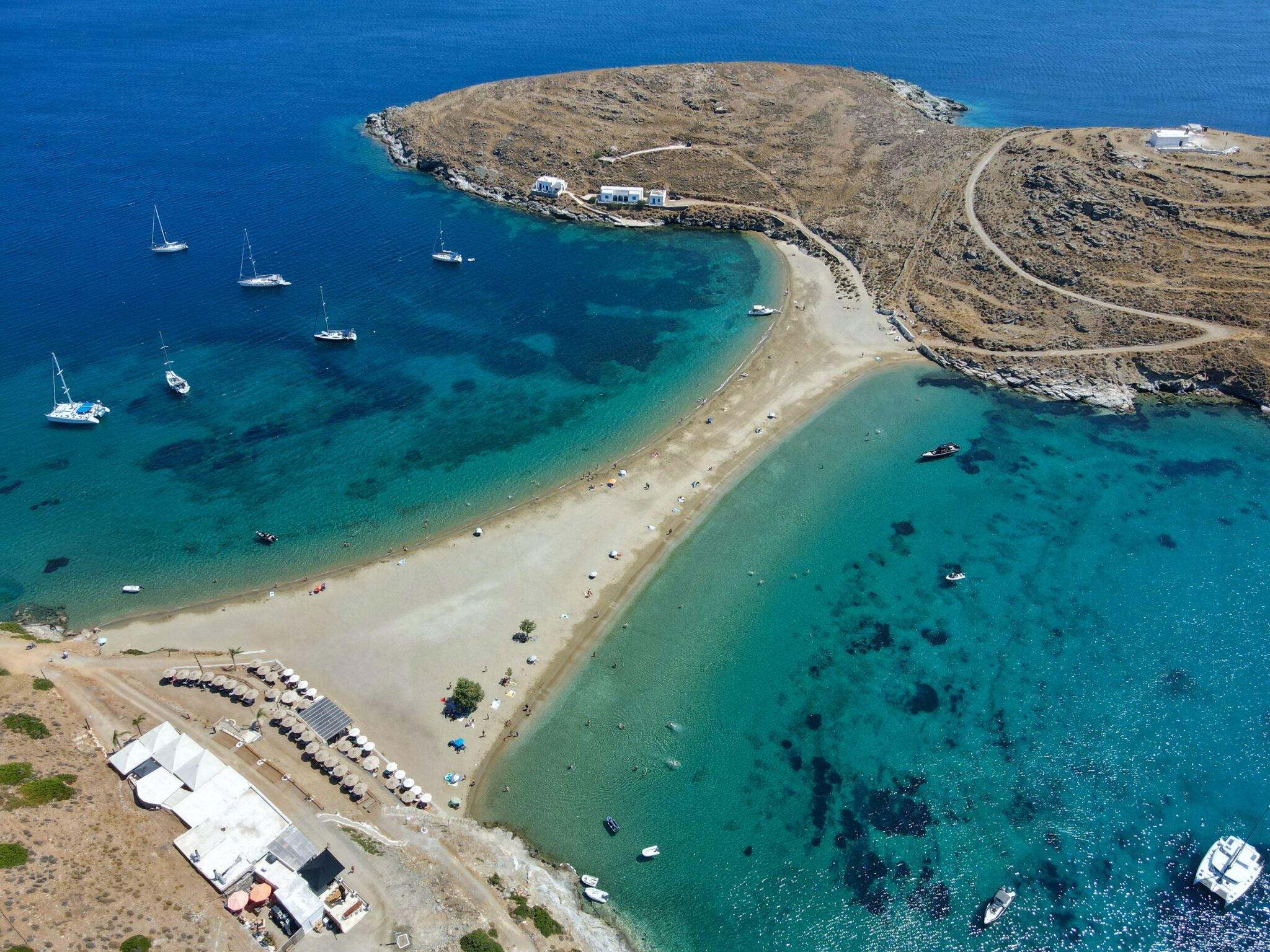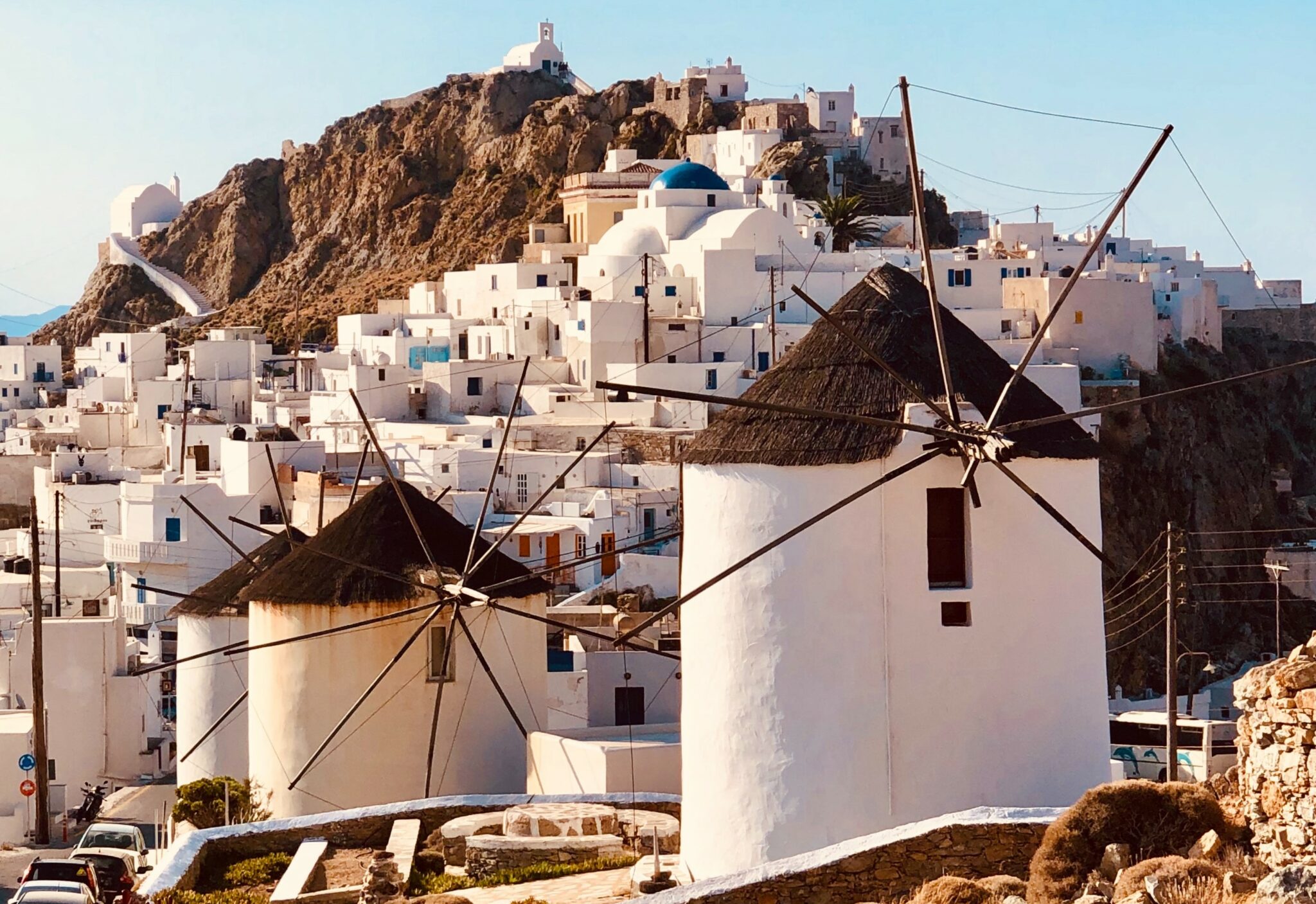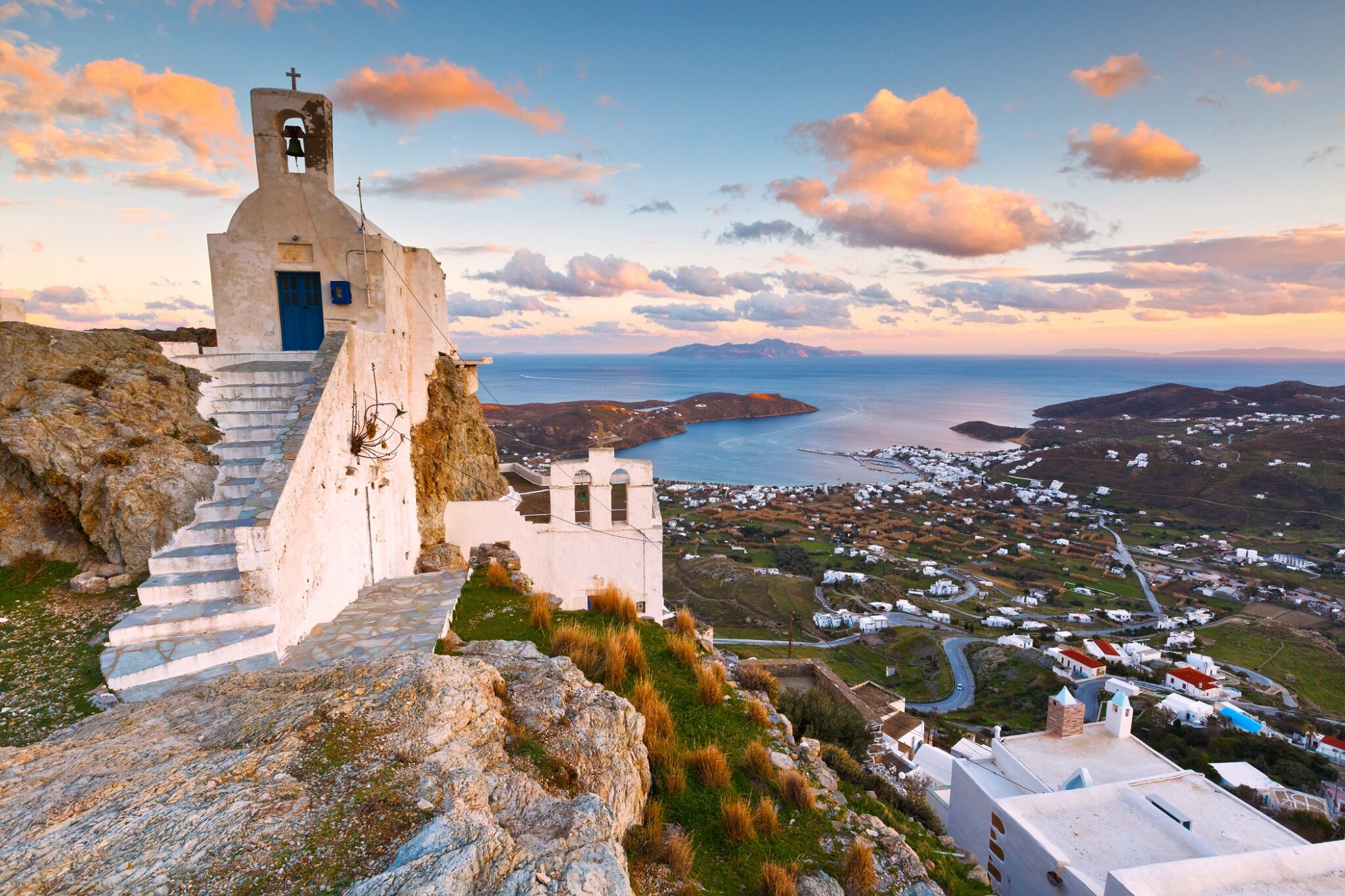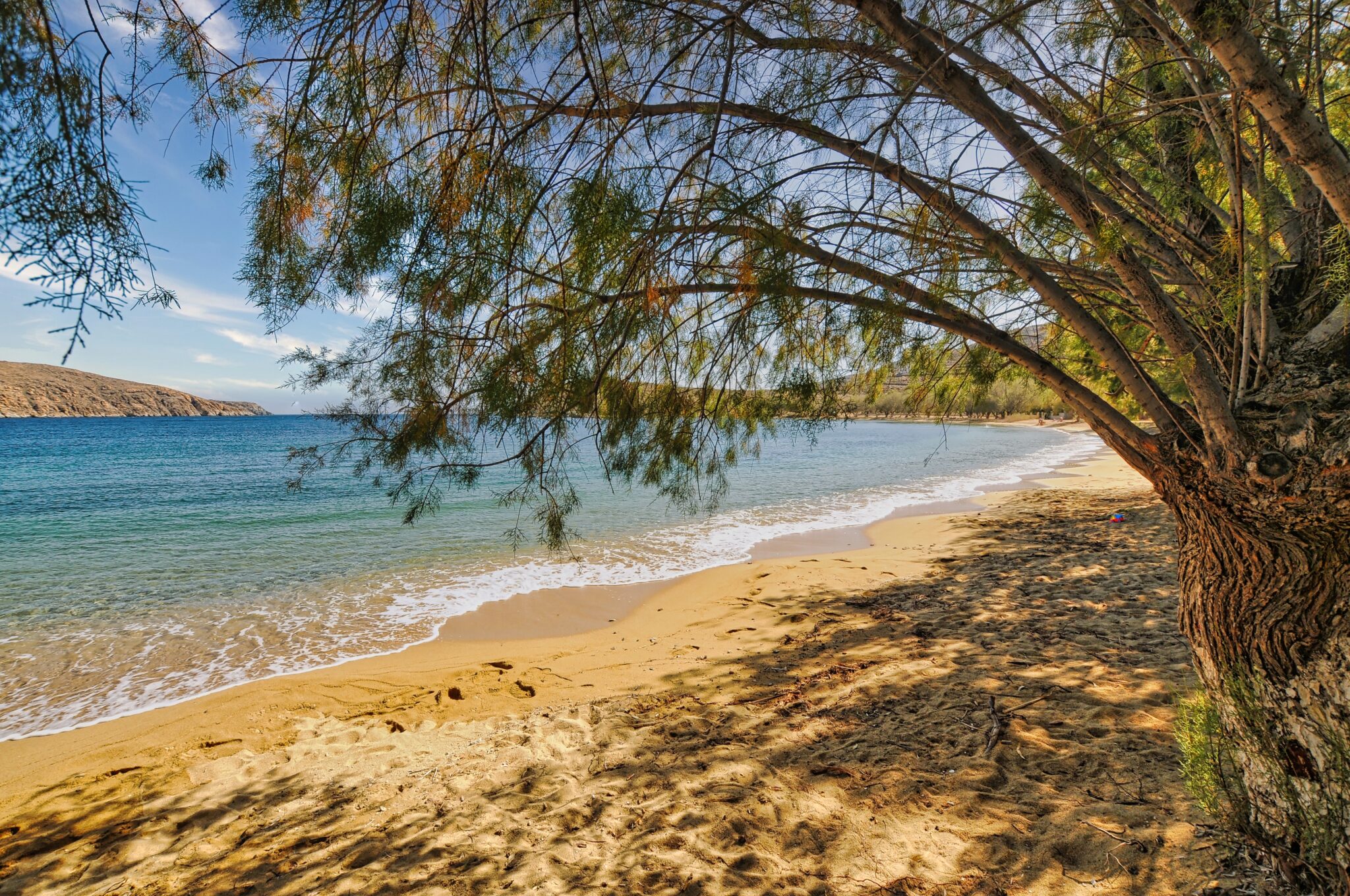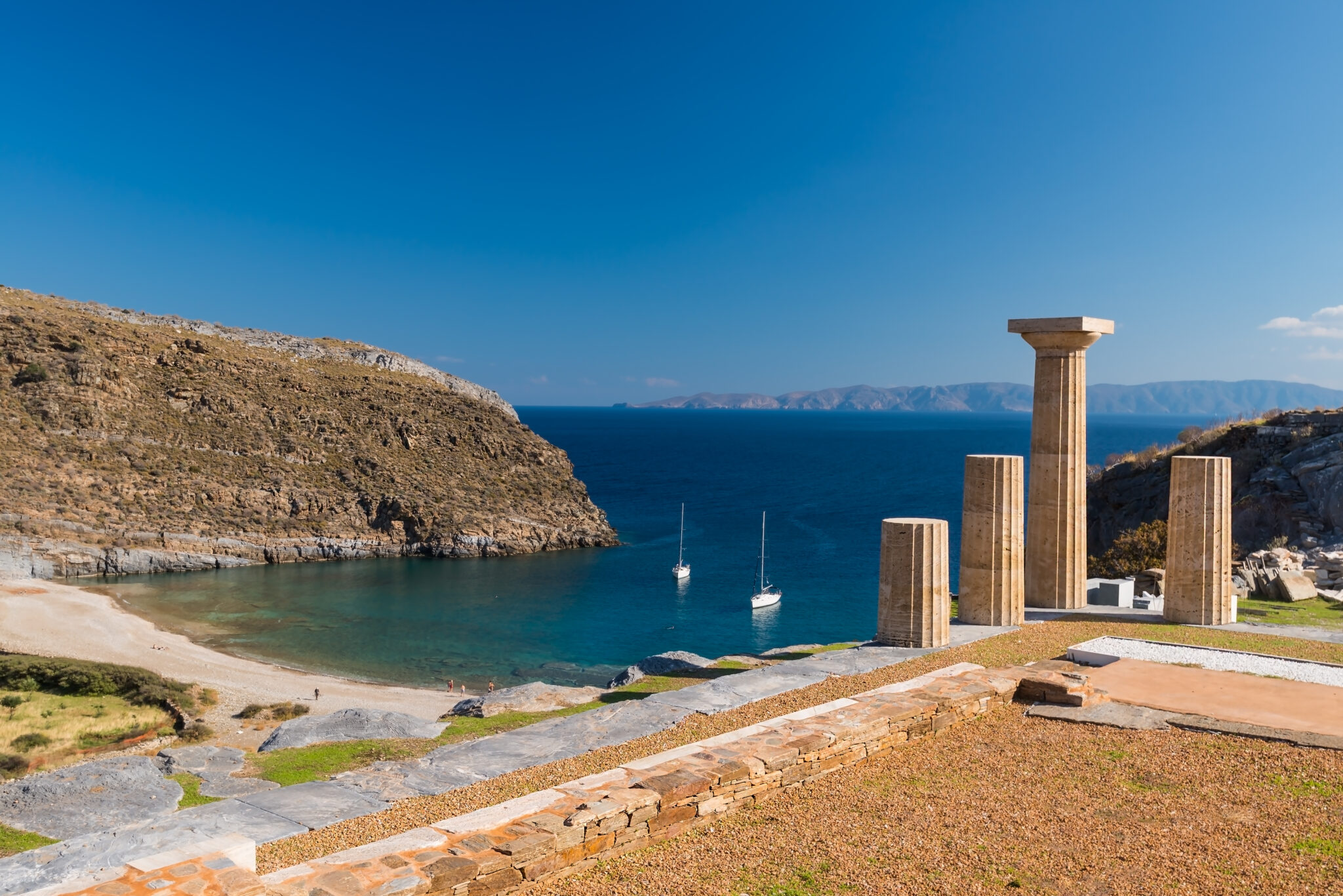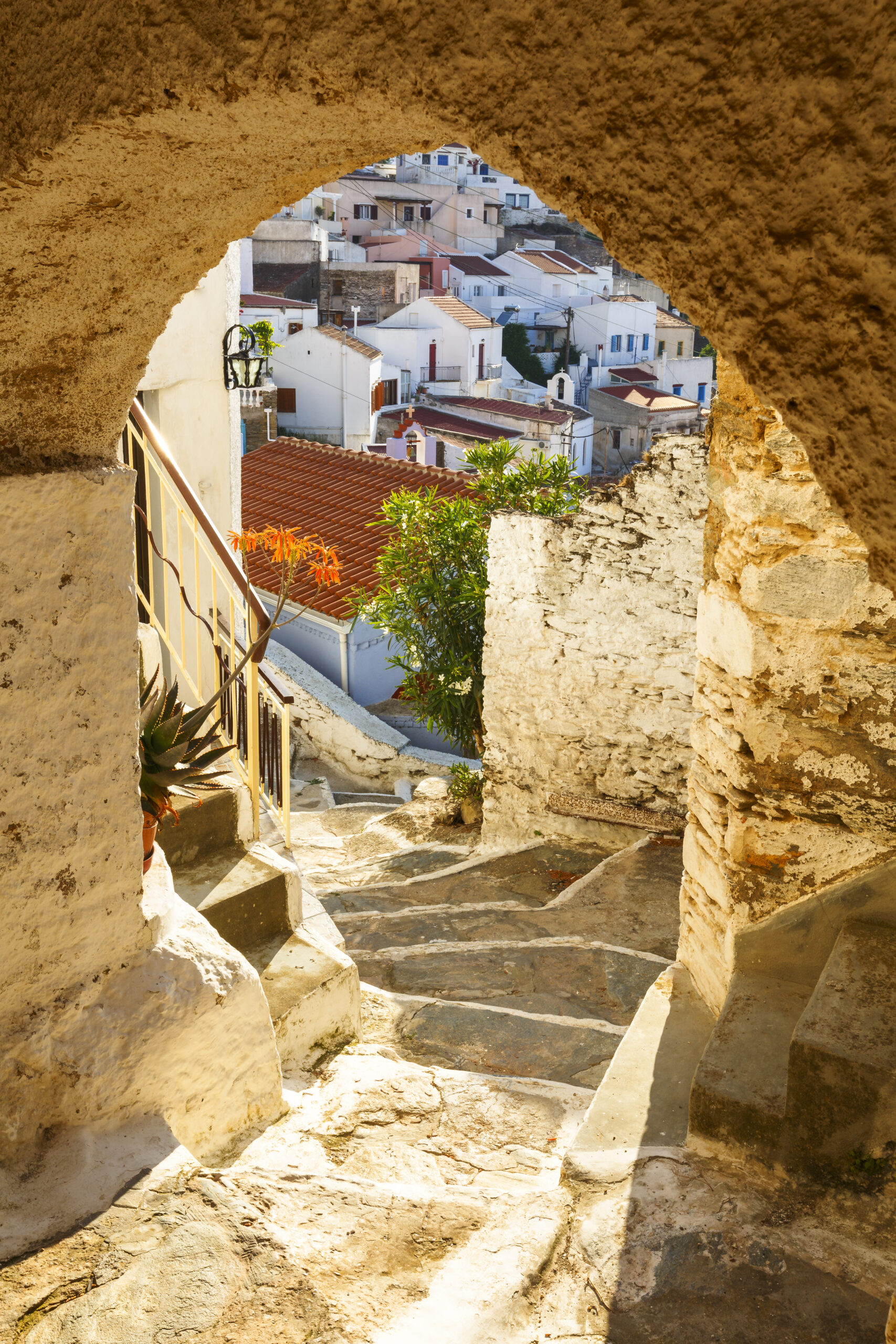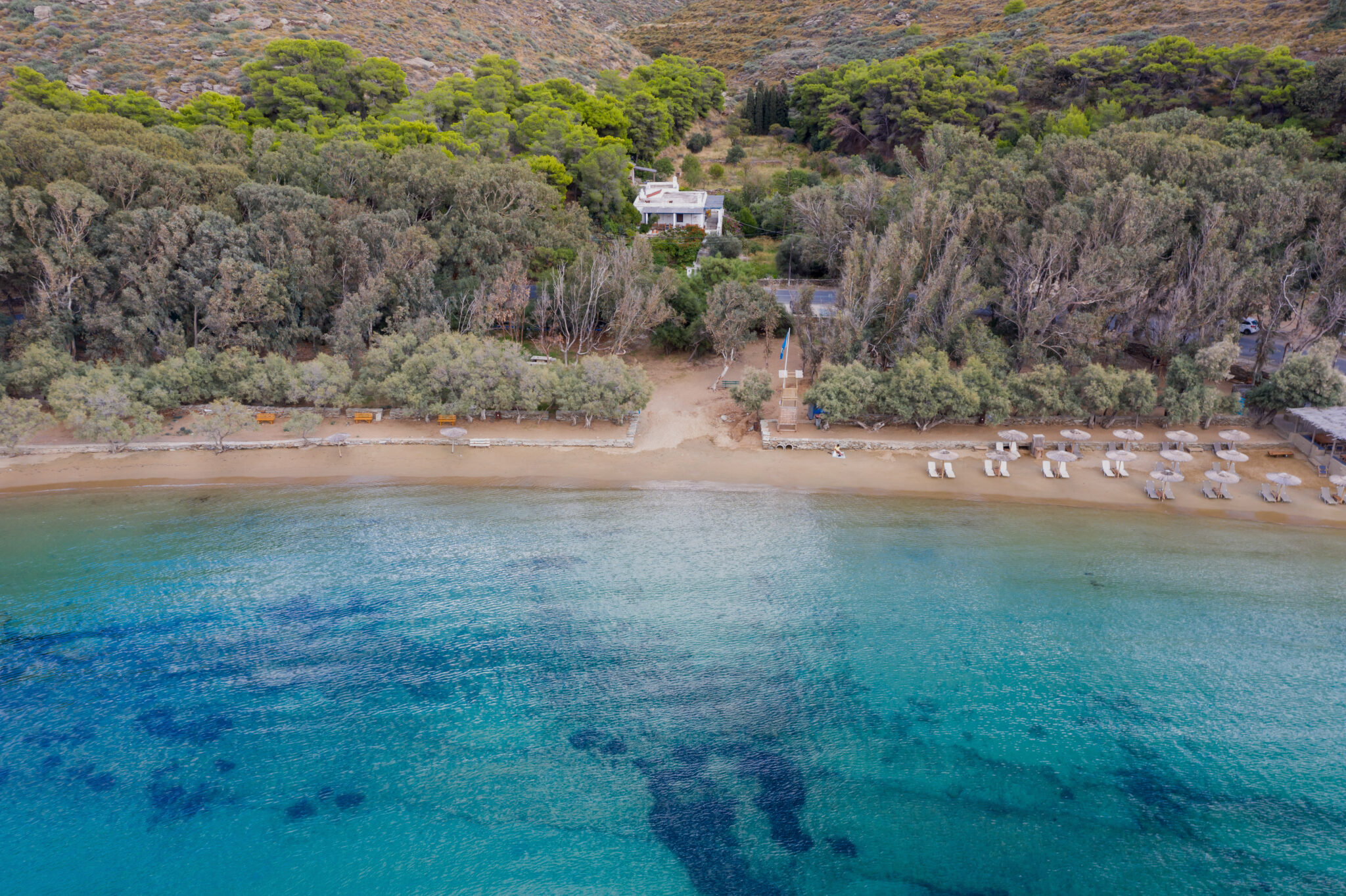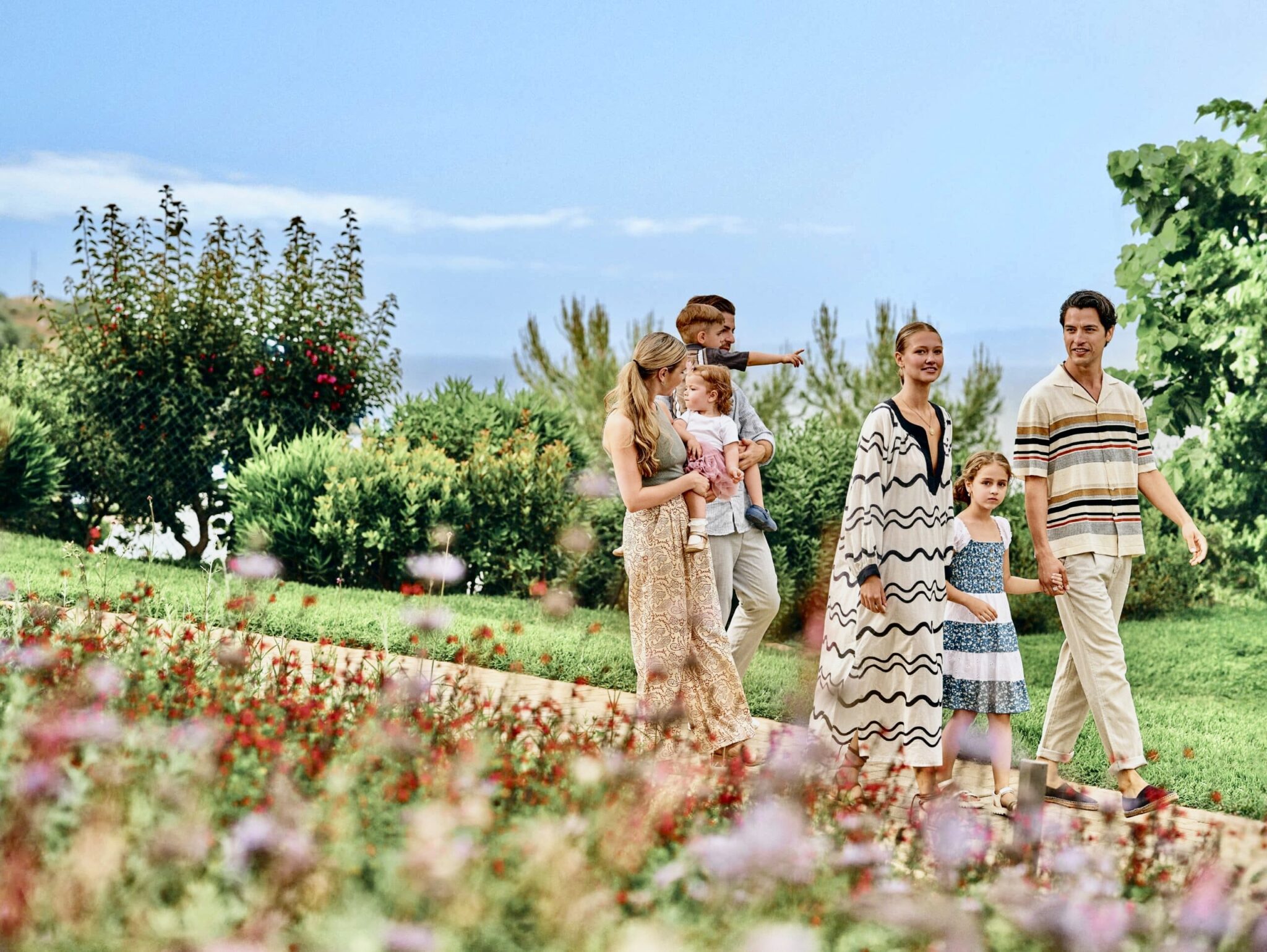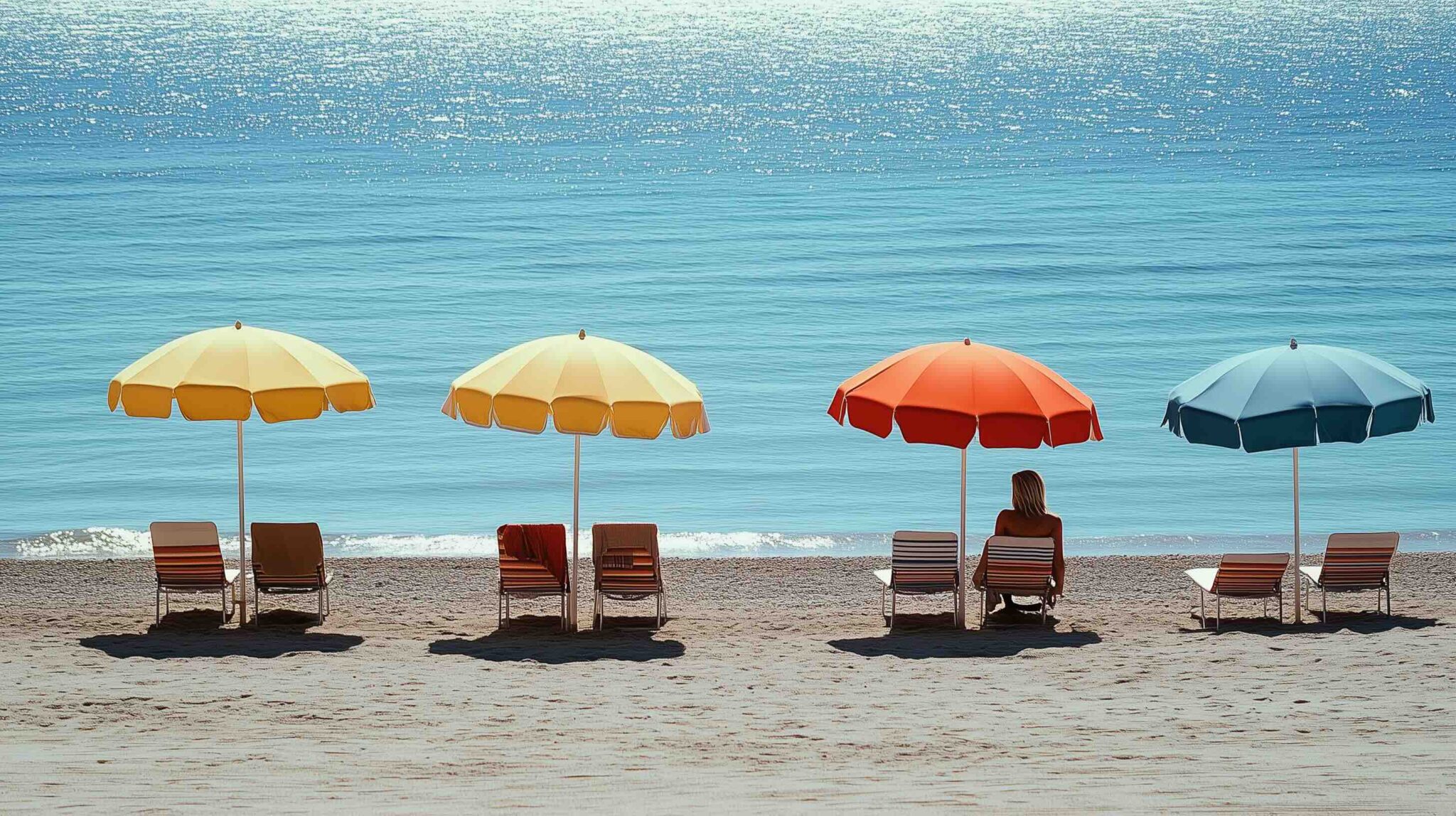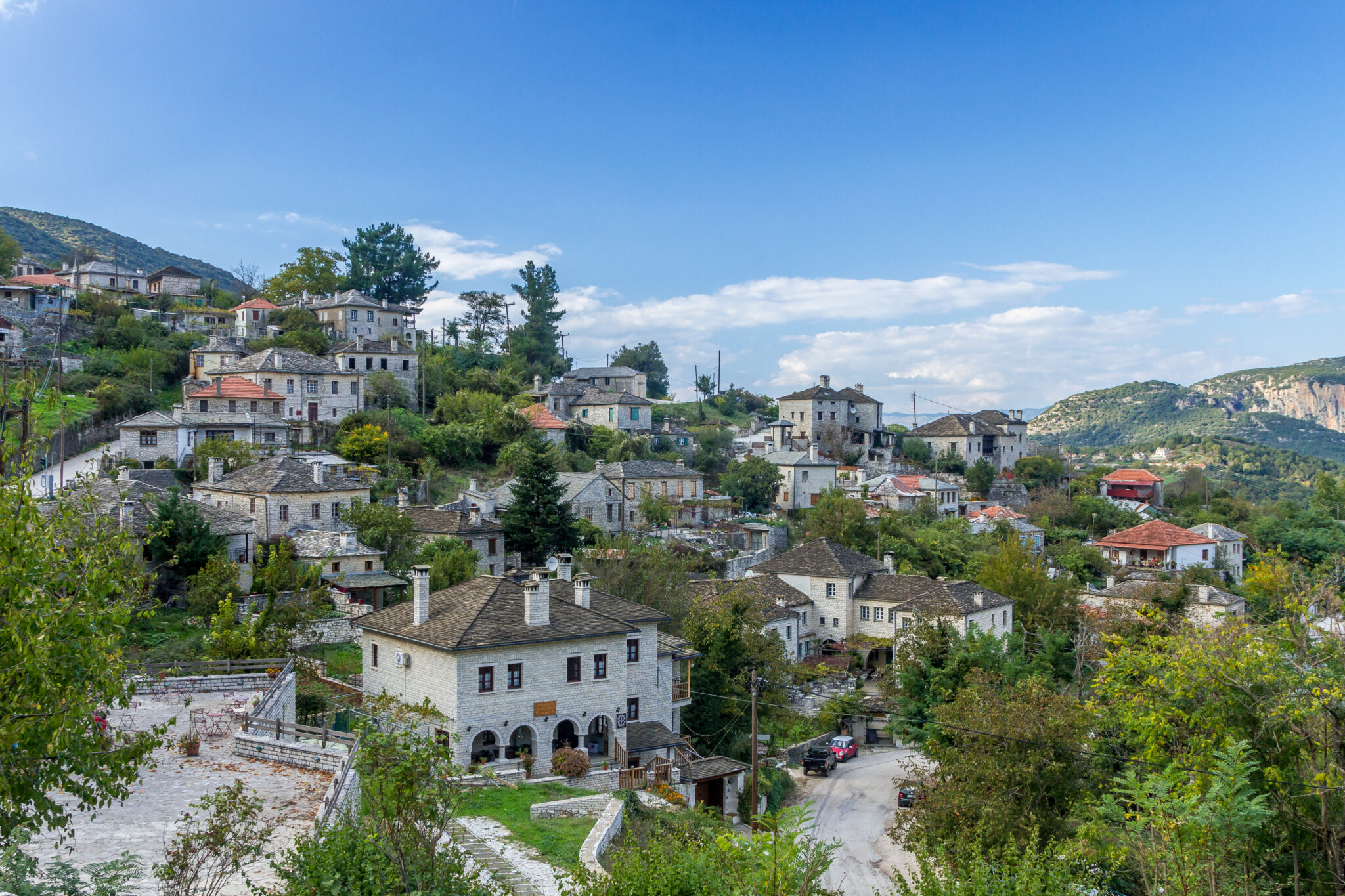September, in my humble opinion, is one of the most splendid months for a holiday – perhaps even outshining June. The sea wraps you in its warm embrace, those gusty meltemi winds take a breather, and the majority of the populace has meandered back to their daily grind, leaving beaches and towns sufficiently deserted for the late summer wanderers to truly revel.
Among the huge plethora of fabulous islands in Greece, we have selected these five for their beautiful beaches and culturally exciting towns, great cuisine and lovely architecture, all of which makes them especially idyllic at this time of year.
Skiathos
If you’ve visited this island in the summer and developed a wee bit of affection for it, come autumn, you’ll be head over heels. The verdant landscapes, remarkable beaches, and the charming town become even more captivating when the throngs thin out. No matter which beach you saunter to, the golden sands and lush backdrop are a given. And the sea? Well, it’s as clear as gin without the hangover. From Mikri to Megali Aselinos, Ligaries to Agkistros, Mandraki, both the smaller and grander Banana beaches, Troulos, Vromolimnos, and the famed Koukounaries – the setting is nothing short of enchanting. But do ensure you hop on a little boat to Lalaria, an astonishingly beautiful beach adorned with near-white pebbles and azure waters. And that’s just dipping your toe into the swimming possibilities here.
For the rest of your day in Skiathos, there’s the pure pleasure of wandering its narrow streets, occasionally resting your feet and sipping coffee at Bourtzi, situated to the left of the harbour – and what a view of the sea it affords. If you fancy, you can pick one of the island’s 25 marked trails, relishing the freshness of its green scenery, crossing quaint streamlets and pausing at secluded chapels.
It’s worth noting the Skiathos House of 1910, a petite folklore museum that offers an intimate glimpse into how the islanders lived in the last century. Then there’s the Skiathos Maritime and Cultural Tradition Museum, the former residence of Alexandros Papadiamantis, now a museum showcasing his personal effects, and the ruins of the Castle to the north of the island. Though be warned, they’re sprucing up the place a bit, so best to check whether the renovation work has finished and if it’s open to visitors. Lastly, Skiathos isn’t just about serene landscapes, it’s also renowned for water sports – perhaps a good opportunity to try your hand at something invigorating.
Skopelos
This elongated green island retains its allure even into September. The town of Skopelos, Agnontas, Panormos, Loutraki, Glossa, Klima inland, and Neo Klima with its petite harbour stand as the island’s primary settlements, each boasting its own charm. Skopelos’ architecture offers an echo of Pelion, touched here and there by neoclassical influences and juxtaposed by modest humble homes.
Nevertheless, Skopelos unfurls as a delightful destination for an early autumn getaway. Its beaches are simply exquisite. To the west, Hovolo parades crystal-clear waters while its hinterland is adorned with white rock and pines that envelop the entire slope. Equally fetching are Ftelia and Neraki, and at Ekatopentari beach, the pines seem to almost dip their tips into the water.
To the north and east, you’ll find beaches like Angeletou and Pethameni, and then there’s Mari, known for its towering cliffs. Hlia Stefani has its own charms, and let’s not forget Spilia. It’s a beach, but not just any beach; it’s cunningly concealed between rocks with a couple of pocket-sized caves lining its coast — just the spot if you’re on a mission for some splendid solitude.
While on the island, it’s not just about sandy toes and salty skin. Venture through the alleyways of the city, and let your feet lead you from the 17th-century Church of Panagia near the harbour, to the Venetian Castle. And then, why not pause for a drink in the inviting bars of Chora? There’s also the settlement of Glossa, a perfect spot to drink in the sunset from an elevated perch or perhaps to lace up your boots for a trek across Skopelos’ green trails. Don’t skip the Monastery of the Transfiguration of Christ, a 16th-century gem reminiscent of the monasteries of Mount Athos. And if you’re leaning older in history, the Monastery of Saint Barbara won’t disappoint. For the diving enthusiasts, keep a note: the shipwreck of “Christoforos” awaits in the depths of Panormos.
Kythnos
Kythnos may be just two hours from Athens, but it’s like stepping into another world altogether. It’s stuck to its roots, maintaining an authenticity that’s become its signature. If you’re someone with a penchant for hiking, or just looking for a leisurely getaway, Kythnos is your ticket, especially now as the crowds thin out. September paints the island in a golden hue, with the temperature taking a merciful dip. The paths here are sublime. They’ll guide you to some of the most picturesque beaches you’ll ever see — the kind of waters poets would write sonnets about. Every step, I assure you, will be worth the journey.
Kythnos packs its punches, especially with its most popular beach, Kolona. Here, a slim band of sand crafts an organic bridge between Kythnos and the islet of Agios Loukas. Still, one might argue that Kythnos saved some of its best-kept secrets elsewhere. From the therapeutic springs of Loutra, pouring their warmth right into the sea, to the glowing sands of Apokrousi and Megali Ammos, and Gaidouromantra with waters clearer than my intentions for a second holiday here. There’s the quiet allure of Alyki, the ever-bustling Episkopi, the serene Potamia — each with its unique touch of beauty.
Add to your itinerary the Katafyki Cave, a subterranean wonder linking back to the island’s mining history. Fancy a peek inside? Arrange it but be sure to have a guide by your side; not all wonders are as straightforward as they seem.
Still got juice in your legs? Make a trip to Vryokastro, the island’s ancient capital, and while you’re meandering through history, don’t miss the medieval capital at Oria Castle. Then, give a nod to the curative springs of Kythnos at Agioi Anargyroi and Kakavou, and the Church of Panagia Kanala — the island’s spiritual heavyweight. For those wanting to go really old-school, Maroulas’ mesolithic settlement is a can’t-miss — one of the few open-air settlements from that period in Greece. As you bid adieu, stock up on some honey and capers; a little bit of Kythnos to take home.
Serifos
In recent years, Serifos has nudged its way onto the list of ‘in’ islands, at last receiving the plaudits and attention it so thoroughly deserves, with its sands and streets bustling throughout the summer months. If you’re itching to encounter the island at its most genuine, September is your golden ticket – a time when the hordes have mostly retreated, leaving Serifos leisurely easing back into its laid-back self, yet not desolate by any means. Whether you’re escaping for a weekend or for a more extended sojourn, you’ll be charmed by the island’s unhurried pace and its barren yet utterly arresting landscapes, punctuated by rocky outcrops, timeless windmills, and the haunting remnants of its mines.
The island’s beaches won’t give you much cause for complaint. Easily accessible and downright lovely, whether you dip your toes in Avlomonas, Ganema, Livadakia, Karavi, Agios Sostis, Sykamia, Kalo Ampeli, or Malliadiko, you’re promised a sublime swim.
Serifos also sports a youthful vibe – a hint for you that you’ll stumble upon a decent number of bars for that evening tipple, especially in Livadi. Meanwhile, the island’s capital, Chora, with its intimate squares, slender alleys, and dainty arcades, practically invites you for a leisurely amble. You’ll be remiss if you don’t saunter up to the 15th-century Chora Castle – the vistas from there are truly something to write home about. While you’re at it, check out the Mining Facilities and the early mines in Koutalas where the silent ruins of workshops, infrastructure buildings, and homes still stand. The vestiges of the rail tracks, wagons, and loading ladders are something of a fascinating spectacle. Oh, and do peek at the ‘Psaropyrgos’ or Cyclops’ Throne – an imposing rectangular structure made of chunky schist rocks, from where the view is, quite simply, dazzling. And if traipsing about is your thing, take note: Serifos boasts a vast web of cobbled paths and trails once connecting its settlements, and they’re absolutely worth a gander.
Kea
Kea, while officially a member of the Cyclades, dances to its own distinct rhythm. Instead of those classic white cubes crowned with blue window frames that most envision, Kea boasts houses topped with terracotta roofs, and some are entirely crafted from the island’s ubiquitous grey slate. There’s a duality to this place; on one hand, you have luxury accommodations and manicured beaches, and on the other, simpler lodgings next to free sandy stretches where folks camp under the liberal sprinkling of tamarisk trees, staying up late for moonlit dips in the spectacular waters.
The island’s capital, Ioulida, straddles hilltops inland and is an absolute gem. Neoclassical facades lend it a touch of nobility while its rooftops and winding lanes hark back to the medieval, giving the place an added layer of allure. Here, the tavernas, cafes, and all sorts of delightful nooks stand cheek by jowl along the main cobbled path, imbuing the atmosphere with colour and vibrancy. Meanwhile, at the port of Korissia, things take a slightly more tranquil turn, though of course, it still features its own ensemble of delightful taverns and cafes, their views fixated on the bobbing boats. Adjacently, Vourkari boasts a line-up of bars that, come nightfall, attract islanders and visitors alike.
When it comes to beaches on Kea (also known as Tzia), you’re spoiled for choice. For those seeking a cosmopolitan vibe and water sports, Koundouros and its neighboring Koundouraki beckon. Organized beaches like Xyla, Poïses, Spathi, and Otzias are also popular spots. But for those who prefer untouched beauty, the beaches of Lygia, Kampi, Liparo, and Sykamia offer a serene and picturesque setting.
For hiking enthusiasts, a trek to Ancient Karthaia on the island’s western side is a must. The ruins there date the city’s first settlements back to the Geometric Period. Near Vourkari, you’ll find the prehistoric settlement of Agia Irini, one of the Aegean’s most significant cultural hubs that thrived since the end of the Neolithic era.
Diving enthusiasts will appreciate Kea’s underwater treasures. The island’s waters hide four shipwrecks – three ships and one airplane – remnants from World War II. These underwater relics offer divers a unique glimpse into history while surrounded by the mesmerizing beauty of the Aegean Sea. Whether you’re a history buff, a nature lover, or an adventure seeker, Kea has something for everyone.



